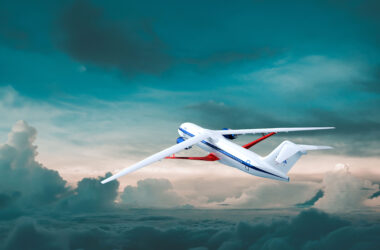Twelve more moons have been found orbiting Jupiter bringing the grand total up to seventy-nine.
The team from the Carnegie Institute for Science lead by Scott S. Sheppard have discovered 11 normal moons and one ‘oddball’ moon orbiting the gas giant. This brings the total of known moons to 79; the most of any planet in the solar system.
The team found the moons when they were searching for “Planet X” – a ninth large planet beyond Pluto’s orbit.
The moons are tiny compared to our own. Ranging from a single kilometre in width to just over three kilometres.
The discovery was made using the Blanco four-metre telescope at Cerro Tololo Inter-American in Chile.
Blanco has recently been upgraded with a “Dark Energy Camera”. The camera was initially developed for the ‘Dark Energy Survey’. This would scan visible and near-infrared wavelengths to probe the dynamics of the expansion of the Universe.
The team had to track the objects from 2017 into 2018 to confirm they were, in fact, orbiting Jupiter – and therefore moons – rather than asteroids orbiting the sun.
One of these moons is not like the others

Jupiter has many types of moons. The Galilean moons ( Ganymede, Io, Callisto and Europa ) are the largest and can be seen using binoculars from Earth.
Prograde moons orbit in the same direction as Jupiter. These are divided into inner and outer prograde moons depending on their distance from the planet. Retrograde moons by contrast orbit in the opposite direction of Jupiter’s rotation. Retrograde moons are often asteroids that have fallen into Jupiter’s orbit.
Out of the twelve ‘new’ moons; two are classed as inner prograde moons and nine as outer retrograde moons.
However, the team discovered that one moon – named Valetudo – orbits is in a prograde motion but is inclined relative to the other moons in Jupiters system.
That means that if frequently (in astronomical terms) crosses paths with moons that are orbiting in retrograde.
A collision isn’t going to happen in a human life-span, but in astronomical terms (hundreds or millions of years) it is likely that Valetudo will collide with one of the planets over moons.
The team think that Valetudo ‘oddball’ orbit is probably caused by a collision in the past when it moved in a prograde orbit and hit another object. The debris from that collisions would have then created a number of smaller retrograde moons.
The discovery is another piece of the puzzle for how our solar system formed. The fact that small moons still exist suggest they were formed after the planet. They also suggest there are many more small moonlets orbiting around other planets in our solar system we have yet to discover.








